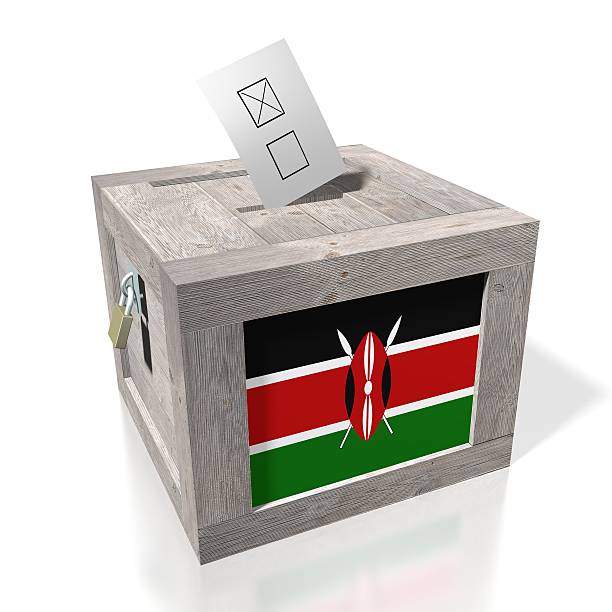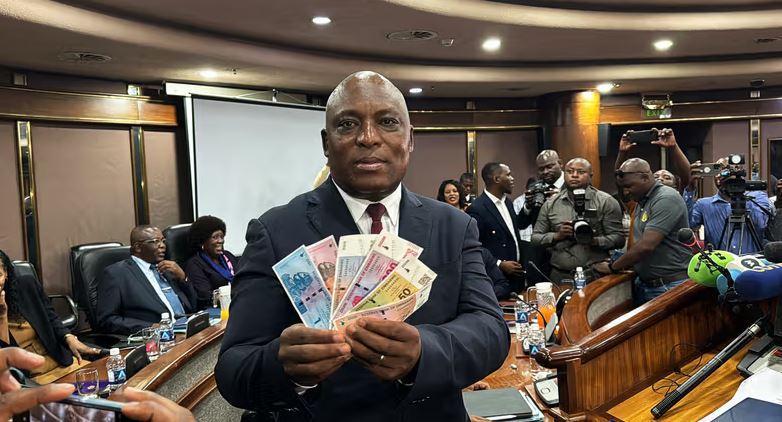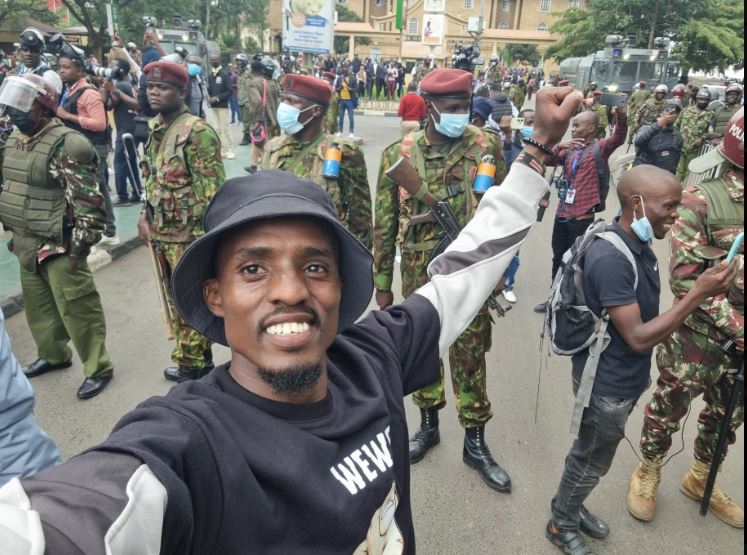The numbers are crunching, perhaps too slow for an anxious country as Kenya waits for that important announcement of who will be in charge of the country’s public affairs for the next five years. Eyes are glued to the national tallying centre at the Bomas of Kenya and on Wafula Chebukati, the presidential elections returning officer.
In an attempt to adhere to the 2017 ruling that nullified the election results of President Uhuru Kenyatta and occasioned round-two voting, the Independent Electoral and Boundaries Commission (IEBC) provided members of the public with a portal with all form 34As – the original record of presidential votes tally at the polling station.
Media tallying
Tallying the 46,204 forms proved to be a tall order for both local and international media, putting in question their preparedness to cover the elections. Today, the country would have long known who the next head of state will be even as we await the official announcement from the IEBC.
The Kenyan media has previously worked together to produce joint exercises like the presidential debates, it remains a question why the media decided to go it alone with the tallying of the results as opposed to pooling resources together like they have done before in matters of public interest.
The top media houses, by audience size, each embarked on independent tallying of the results from the source documents, a painstakingly slow exercise which they either abandoned mid-stream or slowed down, either because of capacity challenges or out of fear of being the ones to call the election in favour of a candidate the powers maybe might not comfortable with.
The results already in indicate a slim lead for Dr William Ruto, the current deputy president. Of the 271 constituencies tallied by Radio Africa Group so far, he is ahead with 7, 152, 655 (50.36%) votes against his main challenger Mr Raila Odinga with 6,942, 708 (48.88%).
READ: KENYA DECIDES – EYE ON THE MEDIA
None of the candidates has so far commented on the exercise.
The IEBC has up to seven days from the date of elections to declare the final results. The country is anxiously waiting for the results of the election even as the electoral body has been praised for doing a good job at enhancing transparency in the process.
Big score for women
Despite the anxiety, the country is peaceful without reports of violence in any part of the country as has been witnessed in previous elections.
There have also been allegations of rigging labelled against Dr Ruto’s Kenya Kwanza coalition by the Azimio Coalition led by MR Odinga who enjoys the support of the incumbent president. Uhuru Kenyatta.
This election has also resulted in an increased representation of women in top positions of leadership. For the first time in Kenya’s history, seven women were elected as governors. While this is still far from the one-third representation envisioned by the Kenyan constitution, it is a step closer. The last council of governors only had two women out of 47.
Other women have also been elected as senators, members of the national assembly, woman county members of parliament and members of the county assembly.
Tight race
The presidential race according to pre-election polls was a tight one between the two leading candidates. The results declared so far reflect the same. The race to control the national assembly and the senate is just as tight as the presidential race.
The deputy president’s Kenya Kwanza Coalition has so far won 157 seats in the national assembly while their Azimio counterparts have 153 seats. There are 14 other seats that have been won by people not allied to either of the coalition. The national assembly consists of representation from 210 constituencies and 47 elected women members who represent counties.
In the senate race, both Kenya Kwanza and Azimio have garnered 23 seats with one seat yet to be declared. The senate has 47 elective seats.
Cover Image: Pexels/iStock



